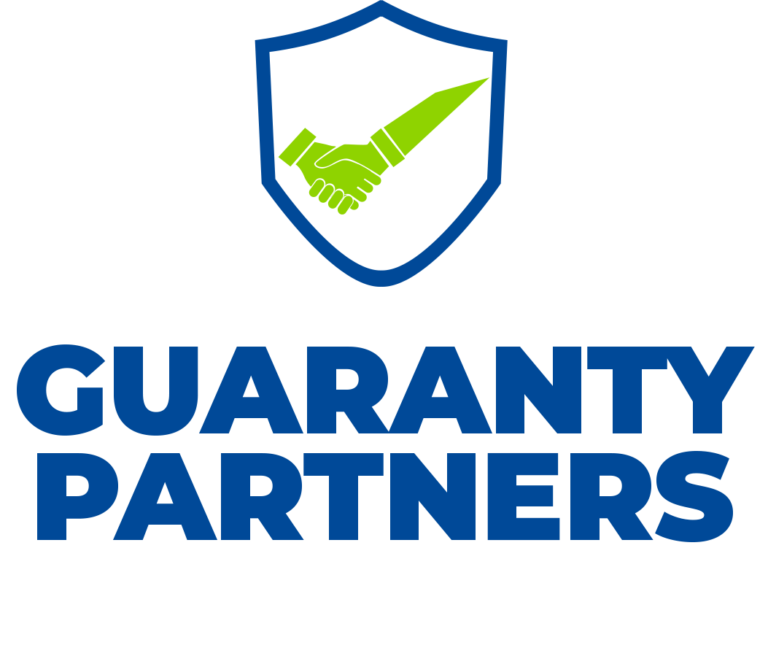ADVANCED ACCRUAL-BASED IPSAS
Course Fee:
Course Objectives
• Understand the conceptual framework and objectives of IPSAS
• Gain in-depth knowledge of the accrual-based IPSAS standards
• Learn to apply IPSAS in the preparation and presentation of financial statements
• Develop skills in interpreting and analyzing IPSAS-compliant financial reports
• Explore the challenges and best practices in implementing IPSAS
Course Content
Introduction to IPSAS
• Overview of IPSAS and its development
• Conceptual framework and objectives of IPSAS
• Accrual-based IPSAS vs. cash-based IPSAS
Presentation of Financial Statements (IPSAS 1)
• Components of financial statements
• Structure and content of financial statements
• Accounting policies, estimates, and errors
Revenue from Exchange Transactions (IPSAS 9)
• Identifying revenue transactions
• Measurement of revenue
• Accounting for revenue from exchange transactions
Inventories (IPSAS 12)
• Definition and classification of inventories
• Measurement of inventories
• Accounting for the cost of inventories
Property, Plant, and Equipment (IPSAS 17)
• Recognition and measurement of PPE
• Depreciation and impairment of PPE
• Accounting for the cost of PPE
Leases (IPSAS 13)
• Identifying lease transactions
• Accounting for finance leases and operating leases
• Disclosure requirements for leases
Employee Benefits (IPSAS 39)
• Short-term employee benefits
• Post-employment benefits
• Termination benefits and other long-term benefits
Financial Instruments (IPSAS 41)
• Classification and measurement of financial instruments
• Impairment of financial assets
• Hedge accounting
Impairment of Non-Cash-Generating Assets (IPSAS 21)
• Identifying non-cash-generating assets
• Recognizing and measuring impairment losses
• Accounting for impairment of non-cash-generating assets
Impairment of Cash-Generating Assets (IPSAS 26)
• Identifying cash-generating assets
• Recognizing and measuring impairment losses
• Accounting for impairment of cash-generating assets
Consolidated and Separate Financial Statements (IPSAS 35)
• Identifying controlled entities
• Preparing consolidated financial statements
• Accounting for investments in controlled entities
Joint Arrangements (IPSAS 37)
• Identifying joint arrangements
• Accounting for joint operations and joint ventures
• Disclosure requirements for joint arrangements
Disclosure of Financial Information about the General Government Sector (IPSAS 22)
• Identifying the general government sector
• Preparing financial information about the general government sector
• Disclosure requirements for the general government sector
Accounting and Reporting by Retirement Benefit Plans (IPSAS 39)
• Accounting for retirement benefit plans
• Reporting requirements for retirement benefit plans
• Disclosure requirements for retirement benefit plans
Methodology
The training methodology integrates lectures, interactive discussions, collaborative group exercises, and illustrative examples. Participants will acquire a blend of theoretical insights and hands-on practical experience, emphasizing the application of learned techniques. This approach ensures that attendees return to their professional environments equipped with both the competence and self-assurance to effectively implement the acquired skills in their responsibilities.
DATE:
1ST BATCH: 20th – 23rd Jan, 2026
2ND BATCH: 19th – 22nd May, 2026
3RD BATCH: 8th – 11th Sept, 2026
Course Category
- Human Resource and Admin
- Finance and Accounting
- Internal Audit and Fraud Control
- Stores, Procurement and Supply Chain
- Information Technology
- Aviation and Maritime
- Banking, Investment and Insurance
- Business Communication
- Construction Management & Civil Engineering
- Engineering, Instrumentation and Maintenance
- Entrepreneurship and Business
- Hotel & Hospitality Management
- Law and Contract Management
- Management and Leadership
- Project Management
- Public Relations
- Public Sector
- Sales, Marketing & Customer Service
- Secretaries & Personal Assistants
- Transport & Logistics
- Security and Safety
More Courses
VENUE
25, Queen street, Alagomeji Bus Stop, Yaba, Lagos










